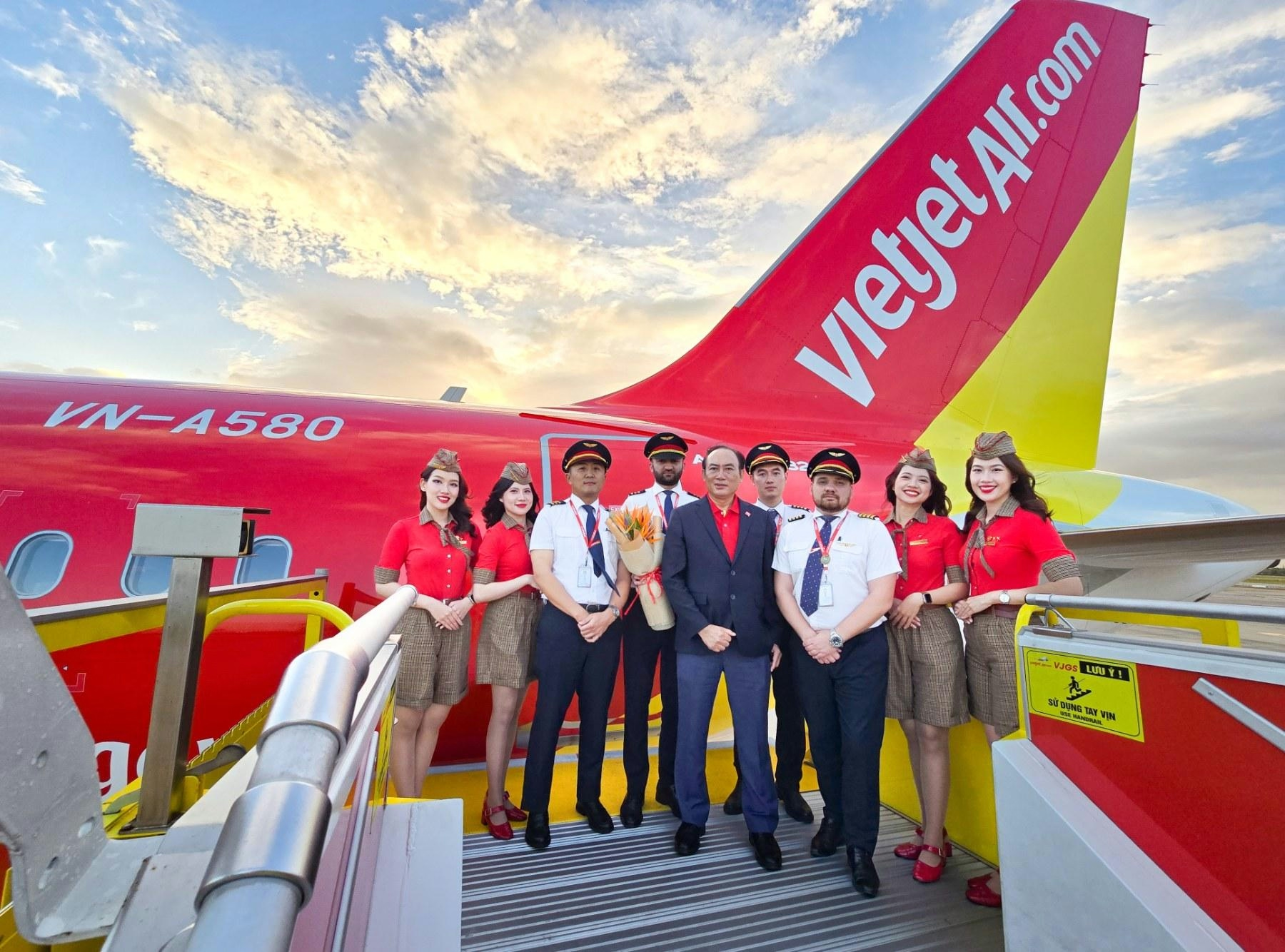
AeroGenie — Seu copiloto inteligente.
Tendências
Categories
Departures Aviation Integrates VR and AI to Enhance Training and Customer Service

Departures Aviation Integrates VR and AI to Enhance Training and Customer Service
Embracing Advanced Technologies for Workforce Empowerment
Departures Aviation, a Philadelphia-based cabin cleaning company, is pioneering the integration of virtual reality (VR) and artificial intelligence (AI) into its employee training programs. In a recent discussion with Ground Support Worldwide, CEO Gary Nunley outlined the company’s strategic commitment to leveraging these cutting-edge technologies to enhance workforce capabilities and elevate customer service standards. Nunley emphasized that empowering employees through advanced training tools is central to the company’s mission, stating that such investments not only improve staff skills but also ensure clients receive superior service.
Challenges and Industry Implications
The adoption of VR and AI technologies presents significant challenges, including substantial initial investment and the need for comprehensive staff training to facilitate a smooth transition. Nunley acknowledged the inherent learning curve associated with new technology but expressed confidence that the long-term advantages for both employees and customers justify the upfront efforts. This move by Departures Aviation reflects a broader trend within the aviation industry, where companies are increasingly adopting AI and VR to remain competitive. The rapid technological evolution is intensifying competition, prompting many firms to accelerate their own digital initiatives.
Industry analysts warn that as more aviation companies invest heavily in these technologies, the market may experience downward pressure on prices and profit margins. While this could translate into improved services and potentially lower costs for customers, it simultaneously raises the imperative for companies to innovate efficiently and manage expenses prudently.
Commitment to Innovation Amidst a Transforming Industry
Despite the challenges, Departures Aviation remains steadfast in its technology-driven strategy. Nunley expressed optimism about the company’s future, highlighting confidence that their investment in VR and AI will distinguish them not only through enhanced service quality but also through their adaptability in a rapidly evolving sector. As the aviation industry continues its digital transformation, Departures Aviation’s experience underscores both the opportunities and complexities involved in integrating advanced technologies to strengthen workforce performance and customer satisfaction.
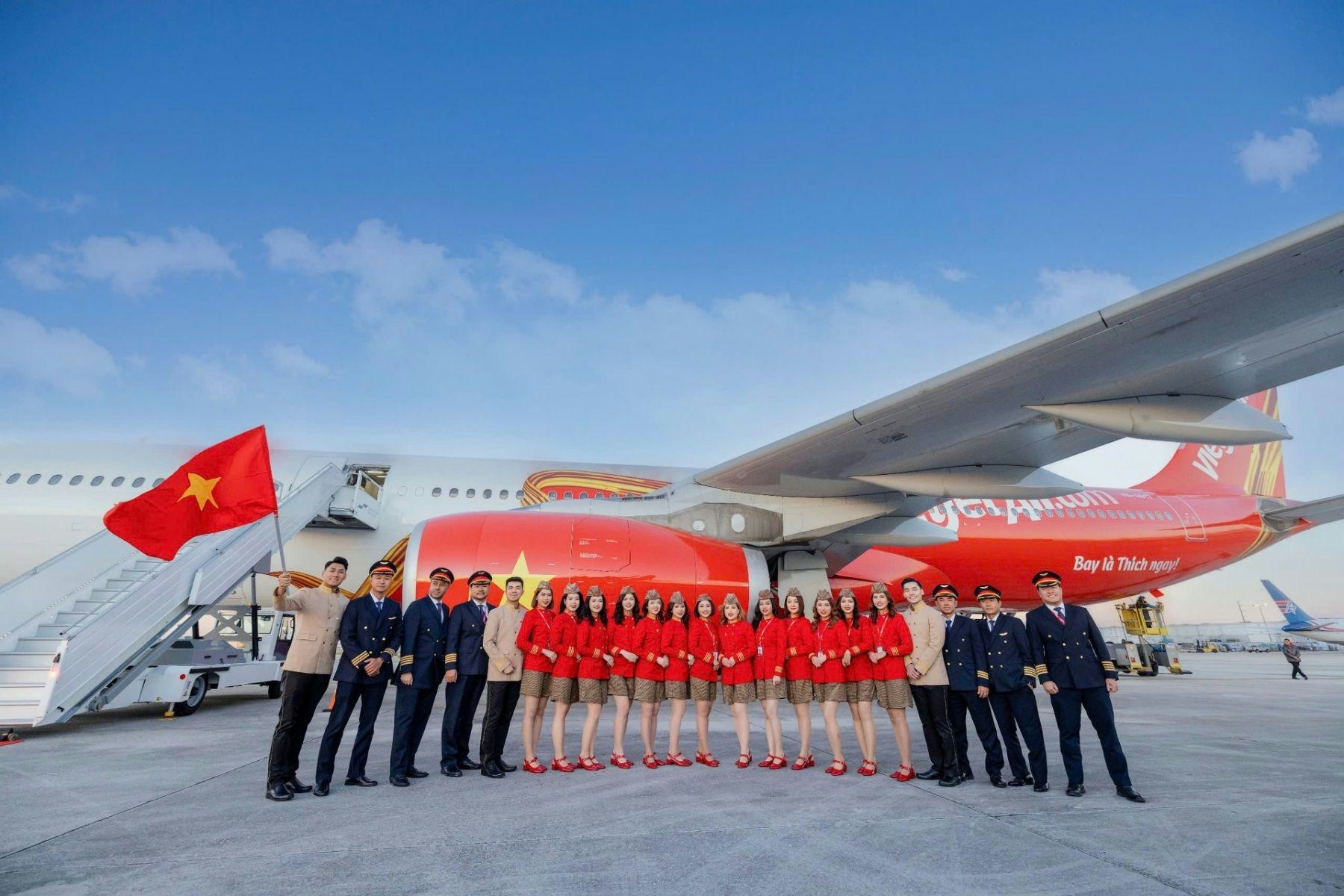
The Leading Widebody Aircraft in Service Today
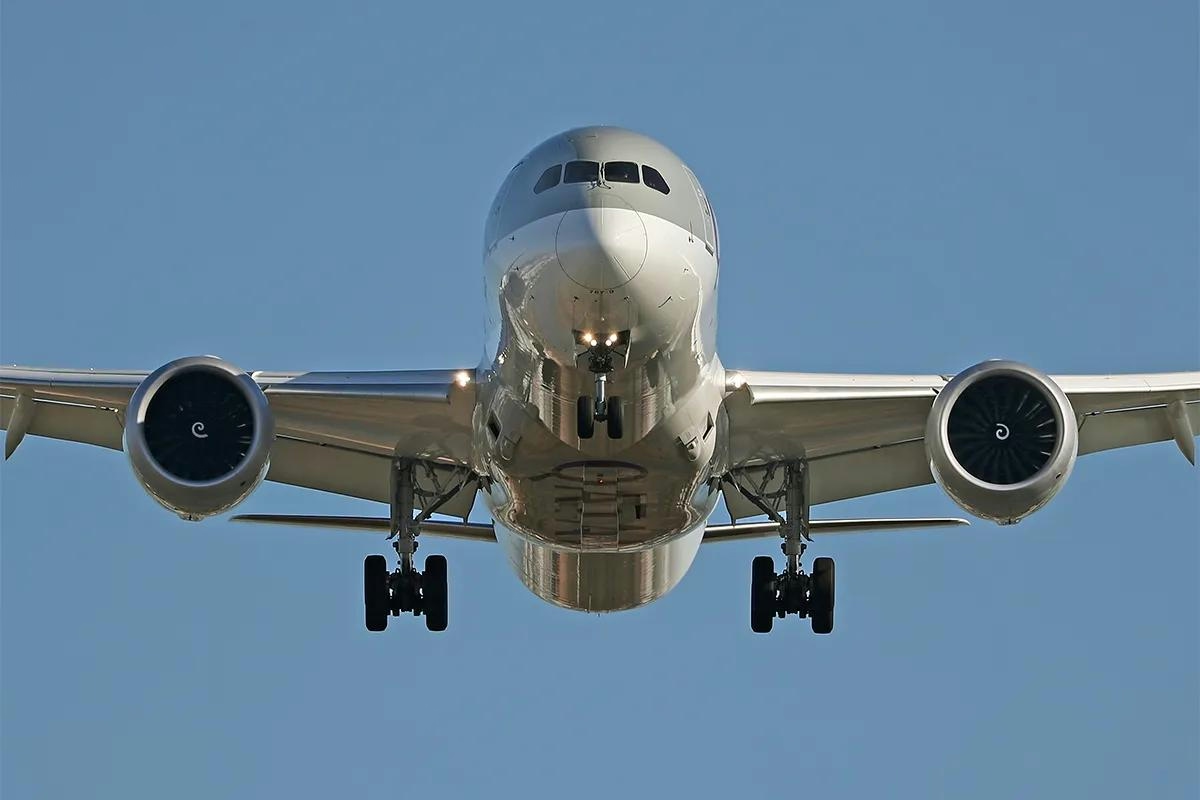
The Fastest Boeing Jet Currently in Service

Quintana Roo Secures $24.3 Million Deal for MRO and Cargo Services
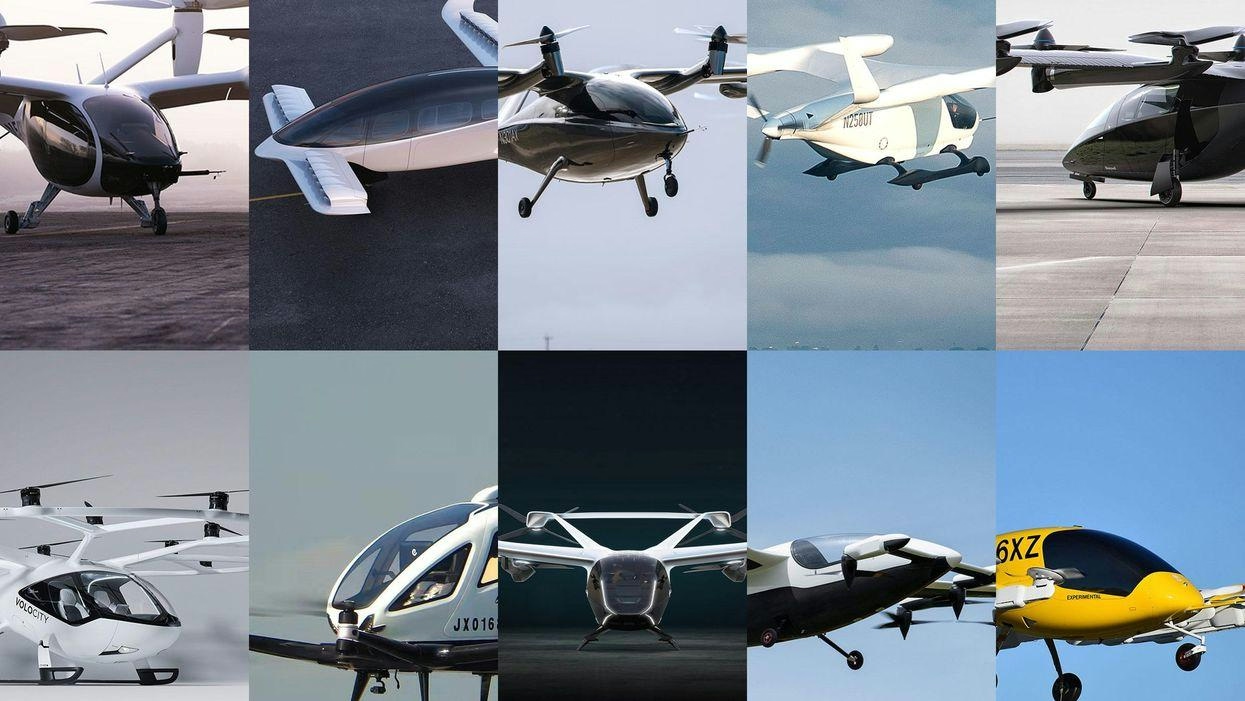
This Week on America Builds: Advanced Air Mobility

Textron Aviation Appoints Justin Salmans Senior Vice President of Supply Chain

Delivery Delays and Canceled SAF Projects Prompt Focus on Fuel Efficiency
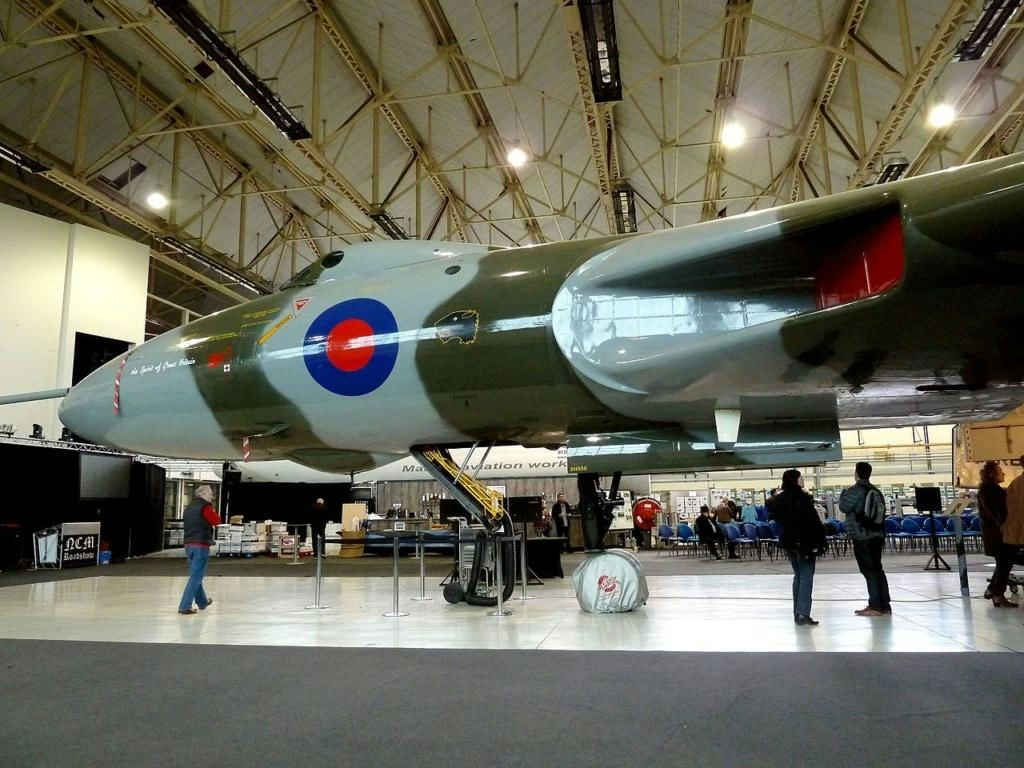
Avro Vulcan XH558 Engine Runs Scheduled at Doncaster Sheffield Airport in 2026
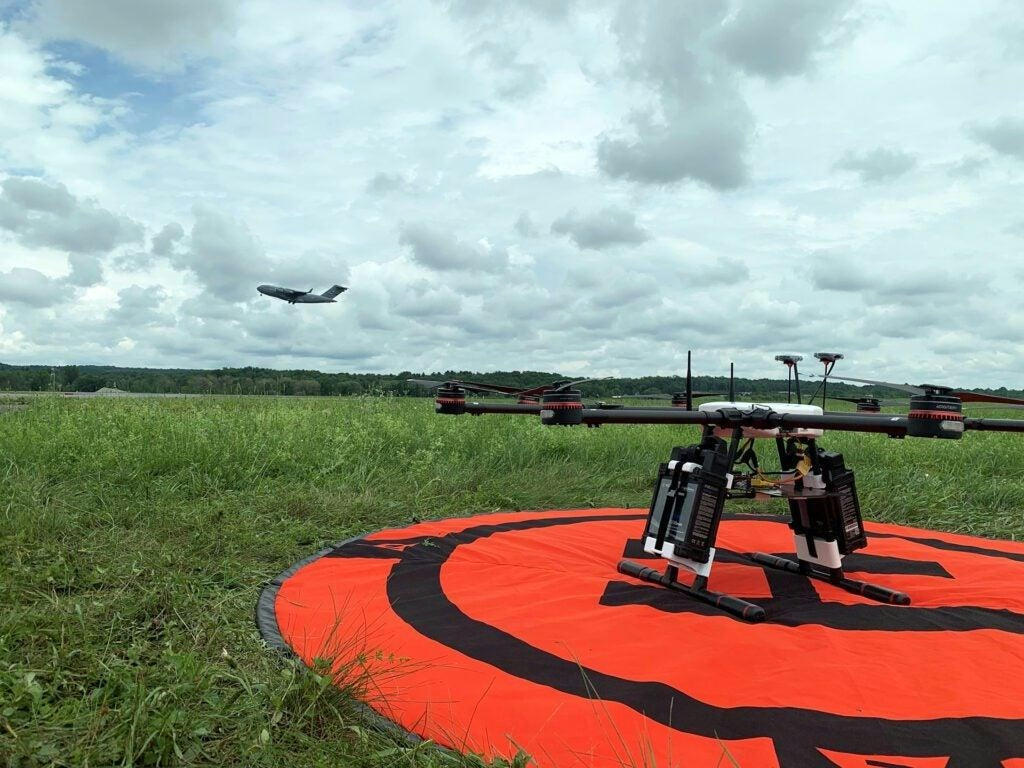
FAA Advances Integration of Manned and Unmanned Aircraft
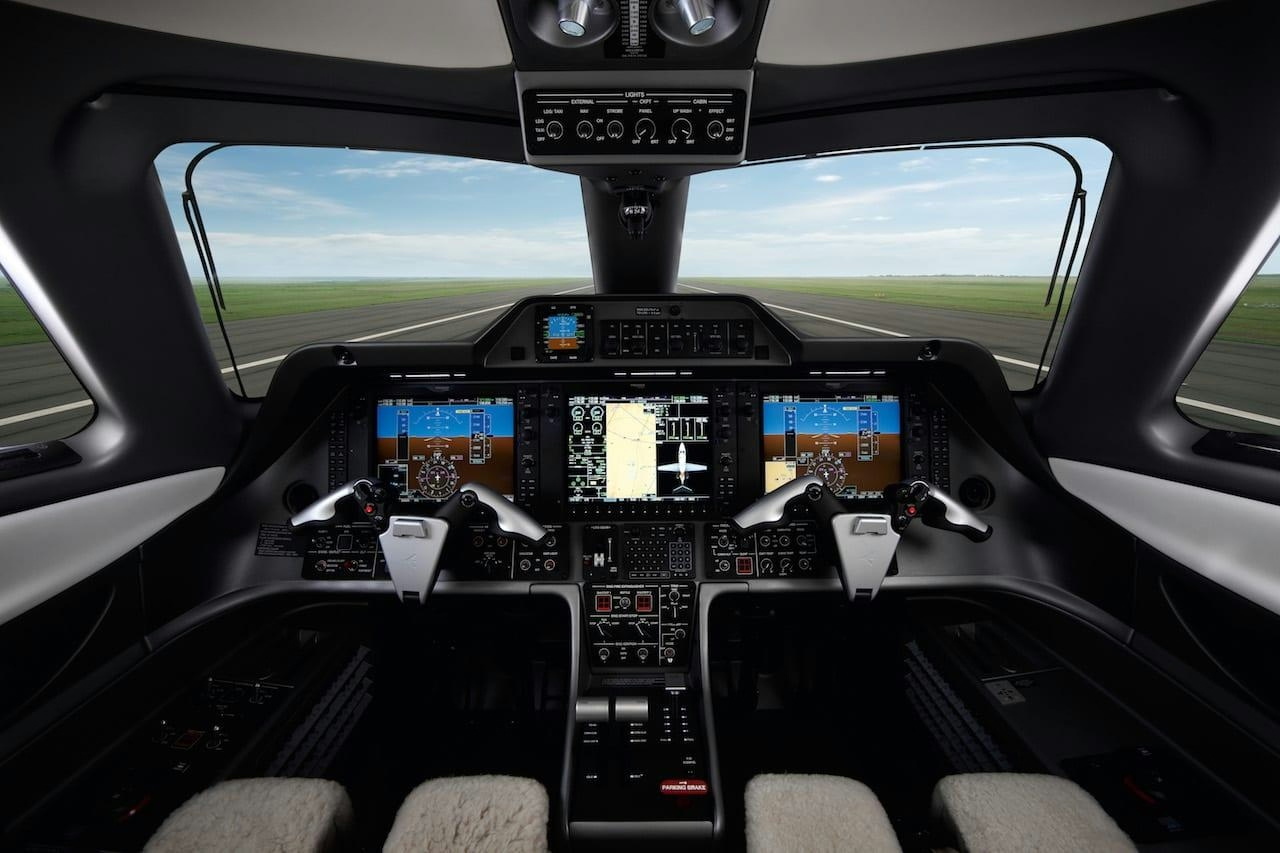
Embraer Unveils AI-Driven Smart Planning Solution
